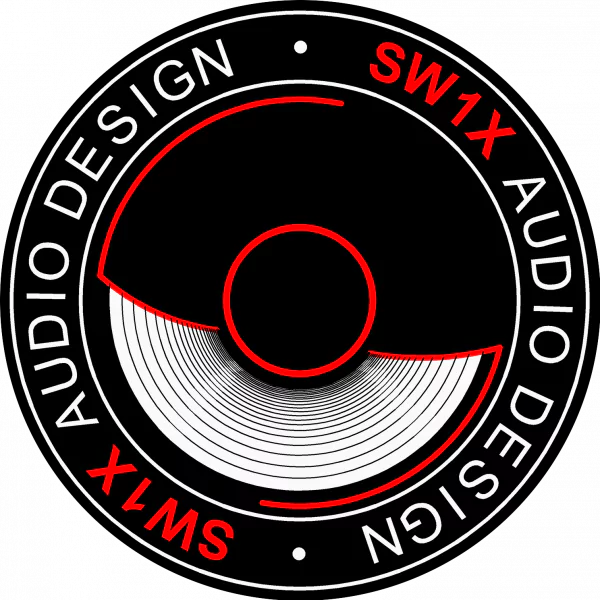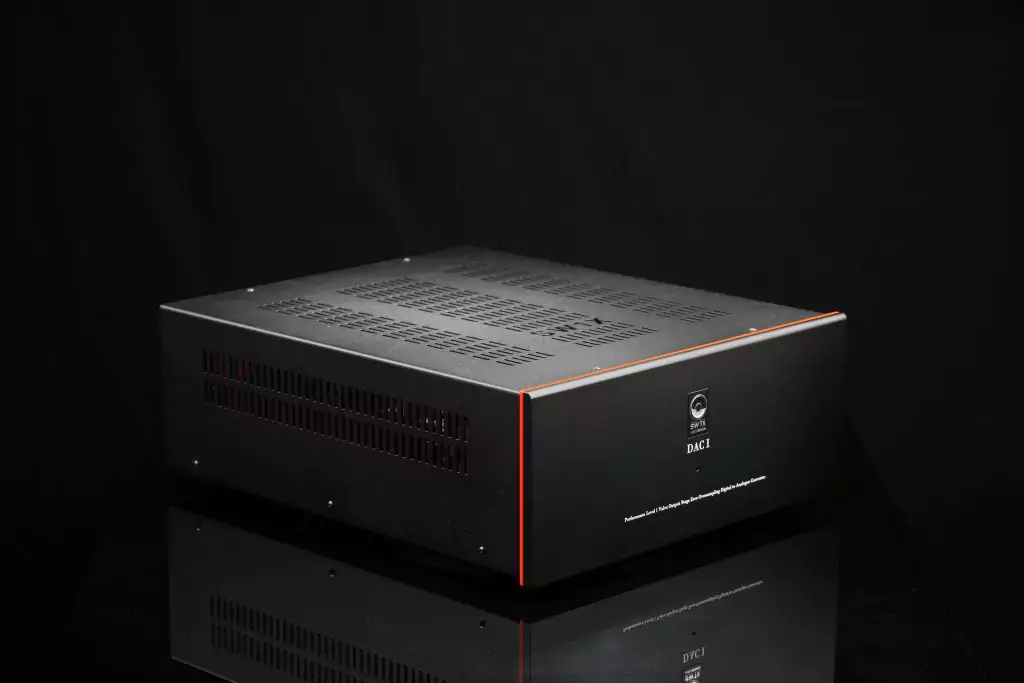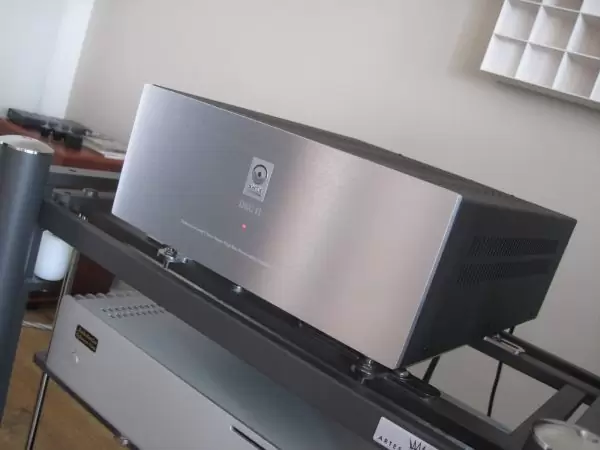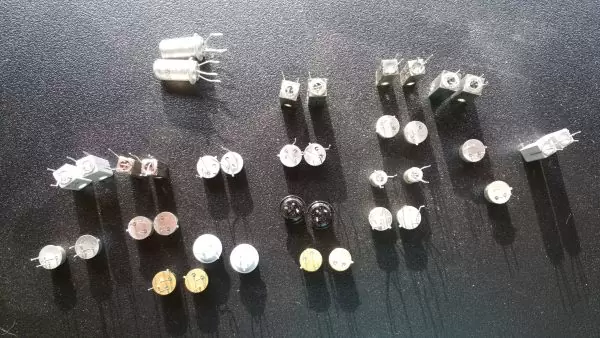The SW1X DAC I Standard version is available with two different current to voltage (I/U) conversion techniques: Active or Passive (for FAQ click here). While the active current to voltage (I/U or I/V) conversion via a single specially selected transistor matches the impedance between DAC current out and the valve grid, passive conversion via a resistor provides an alternative solution with a different sound signature. There are distinct difference in sound between those conversion techniques, implemented in Active and Passive versions of SW1X DAC I. While the sound of active I/V over a specially selected transistor has a better “dynamic bite”, the passive resistor I/V method gives a more relaxed feeling to the sound. On the one hand, Active I/V of DAC I has an edge over Passive I/V in resolving details, on the other, passive I/V provides a more organic envelope to the texture of music. Both conversion techniques have merits with a particular music in mind: Active I/V version will particularly excel with energized Rock or Electronic type of music while Passive I/V will sound more harmonically with Jazzy or Classical type of music.
On the account of question which version of DAC I is ranked higher, I would be inclined to rank the active I/U over passive over its conversion accuracy but because they are folks who like a more lazy laid back sound I leave it to them to decide. Though the active I/U is more accurate in converting current to voltage because of the better impedance match (less loss of signal) the issue is to have a transistor than not only is fit for the job but also harmonically match the overall sound and must be “invisible” i.e. the character of the transistor is not audible. It has to sound transparent i.e. resolve but in the same time be soft enough and do not add too much of a sandy character (which is not just a cliché) associated with semiconductors – sounding either hard, grainy-noisy and washed out or a combination of those mentioned. This is a hard task to accomplish given that most modern transistors are just sounding like that. We, therefore, opted for older transistors that were made in 60s, 70s and 80s, majority of which not only sound more transparent but also have a softer, non-grainy and a more expressive character than the transistors of today’s production. So far the only tube alike sounding transistors we have come across are made of Germanium, though on rare occasions we have come across some soft sounding transistors that were made Silicon but those candidates were rather exceptions. Germanium material has lower voltage breakdown point relative to Silicon. Therefore, Germanium is a less lumpy material and tends to sound warmer, softer and have a more resolving presentation- basically having a tube alike character. Germanium has become an exotic material in the sense that it not used in now days production anymore. That makes it even more difficult to produce a harmonically matched sound.
Update
On special request we now offer user roll-able I/U transistor as an option in the Special and Signature versions by installing sockets instead of soldering the transistors directly into the circuit.
The roll-able I/U transistor option enables to customise and to fine tune the sound further according to the customer’s preferences just like rolling tubes.
There is no end in high end
Read our SW1X DAC 1 Review




